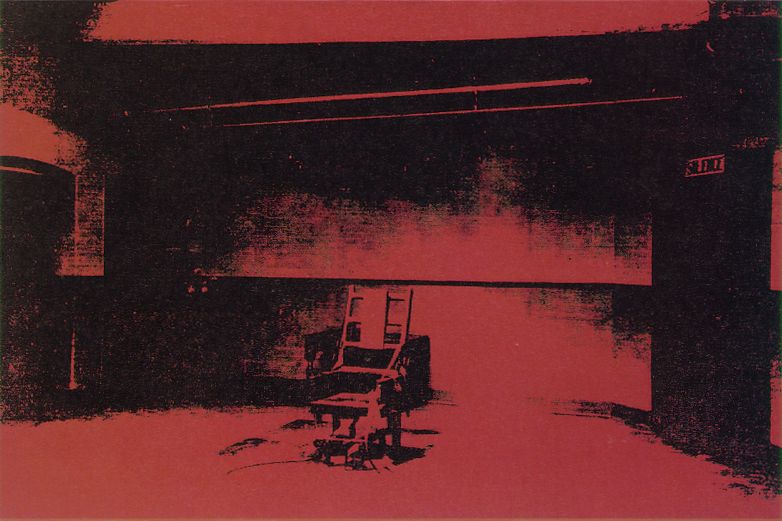Thursday, 19 February 2015
Finding a practical solution to the death penalty
This rather horrifying headline appeared in The Times last week:
Oklahoma plans to use gas chamber for executions
The story (£) revealed that the US was 'on course to use nitrogen gas to execute inmates by suffocation' despite its being an 'untested method of capital punishment that is set to be adopted because European countries refuse to export the drugs used in lethal injections'.
According to the Associated Press, Oklahoma City Republican Mike Christian justified such a plan by saying:
'You wouldn't need a medical doctor to do it. It's a lot more practical. It's efficient.'
Obviously, practicality and efficiency in such matters, in what is apparently a modern democracy, are the most important considerations.
Faced with such inconvenient blocking tactics by European countries, where the death penalty has been abolished completely - save for the dysfunctional dictatorships in Belarus and Kazakhstan - Oklahoma is not the only US state whose reaction is not to follow an apparently civilised course. Instead, it, and places like Utah, are choosing to follow a course more familiar to the regimes of Iran and Communist China, and inevitably infused with sickening echoes of Nazi Germany.
In Utah, its House of Representatives passed a plan to bring back the firing squad. It has yet to reach the senate. The bill's chief sponsor, Republican Paul Ray, believes such an execution method is more humane and faster than lethal injection and in the state's best financial interests. Another great bonus of the firing squad, of course, is none of those holding a rifle knows who fired the fatal shot.
There is something horrifyingly callous, mechanised and officious in the way these elected officials speak. For them, it appears, the death penalty is little more than a process, as much an arm of the state as the tax office or rubbish collection; choosing the method of execution is more finding, in a very real sense, a practical solution to a problem and less a form punishment.
In a brief moment of respite last week, I picked up The Best of Benn, a new collection of Tony Benn's writings and diary jottings from over his life and it featured a 1963 essay published in The Guardian where he had this to say on one particularly chilling practice while studying the death penalty in the US:
'In the execution shed of one American prison which I visited sixteen years ago they were proud of a little device they had invented for spreading the responsibility still further. When the murderer was standing hooded and roped on the trapdoor, a signal was given to eight warders locked alone in another room. Each then pressed a different button while a spinning roulette wheel outside made its random electric contact with one of the buttons and released the catch that dropped the convict to his fate. ERNIE, the Premium Bond machine, couldn't have done it better.'
If only such horrors were confined to historical articles.
Subscribe to:
Post Comments (Atom)

No comments:
Post a Comment
The comments expressed do not necessarily represent the views of the blog.